|
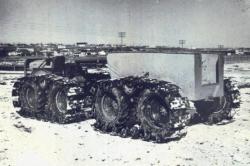
|
1 - First North King of Bruce Nodwell in 1952.
Pict from Journal of Terramechanics, Vol 1, N°1, 1964, by C.J.Nuttal Jr, edited by A. R. Reece, University of New Casttle, GB, now Elsevier, for International Society for Terrain Vehicle System (ISTVS).
|
|
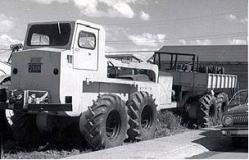
|
2 - Second prototype of North King of Bruce Nodwell.
http://www.oilandga
sinquirer.com/printer
.asp?article=magazine
%2F060215%2FMAG
2006_FF0004.html
|
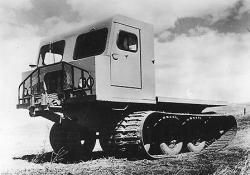
|
3 - Nodwell Scout in 1957 followed a lighter version dating from 195
4http://www.knowal
berta.ca/results/f1/contributor=Glenbow
%20Archives/p/1285/;jsessionid=
56B3274F1E3A62848E
C98ADF589931CC
|
|
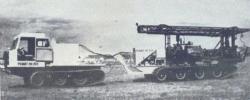
|
4 - Two Scout Nodwell : one of them is used as a driving trailer 1957.
Pict from Journal of Terramechanics, Vol 1, N°1, 1964, by C.J. Nuttal Jr, edited by A. R. Reece, GB, now Elsevier, for (ISTVS).
|

|
5 - Centipede Imperial Oil.
Pict from Journal of Terramechanics, Vol 1, N°1, 1964, by C.J. Nuttal Jr, edited by A. R. Reece, GB, now Elsevier, for ISTVS.
|
|
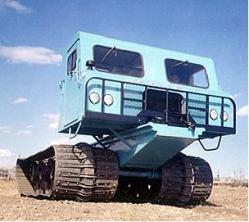
|
6 - RN 110 circa 1960
|
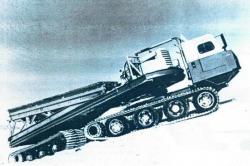
|
7 - RN200 circa 1960. Pict J M M collection via Francis Pierre.
|
|
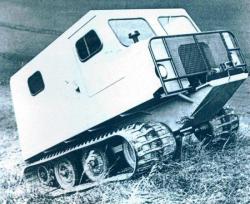
|
8 - Scout Nodwell RN 21 in 1960.
Pict J M M collection via Francis Pierre.
|
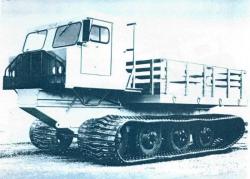
|
9 - Nodwell RN 140 in 1960.
Pict J M M collection via Francis Pierre.
|
|
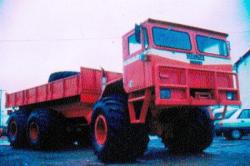
|
10 - Foremost Delta 3 6X6 of the Company Linelec pictured by J M Maclou at Marolles-en-Hurepoix in December 1983. It is similar to 100TT released in 1972.
|
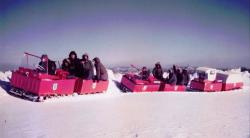
|
11 - Canadair RAT CL-61 and CL-70. The caterpillars of each unit covered the entire width of the vehicle. Pict J M M collection (from Bombardier).
|
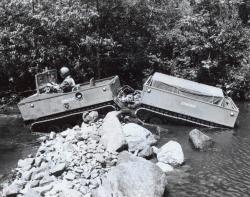
|
12 - Dynatrac Canadair CL-91. They can see the joint. A version with three modules was tested with virtually no performance loss.
Pict J M M collection (from Bombardier).
|
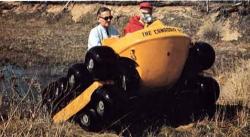
|
13 - Canadair Fisher 1962-63. https://sites.google.com/site/canadair50otherproducts/1956vehicles
|
|
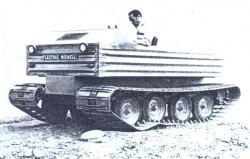
|
14 - Canadair FlexTrac Nodwell FN 10, 450 kg payload of 1970. Pict J M M collection.
|
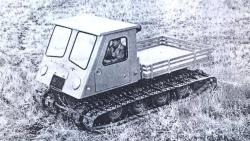
|
5 - Canadair FlexTrac Nodwell FN 1565 kg payload of 1970. Pict J M M collection.
|
|
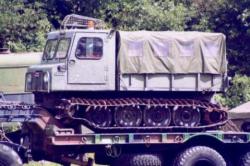
|
16 - FlexTrac Nodwell FN 22, 1972 seen at the Ferté-Allais in May 2000. Pict J M Maclou.
|
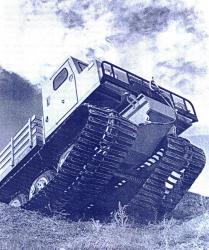
|
17 - Canadair FlexTrac FN 240 of 1969. Pict J M M collection.
|
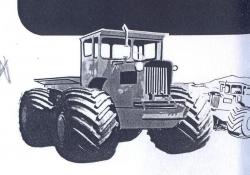
|
18 - Water Trotter circa 1970. Pict J M M collection.
|
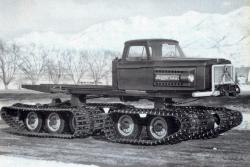
|
19 - Thiokol Juggernaut 8T, 7 t payload, 1966. Pict from a brochure of Ratrac.
|
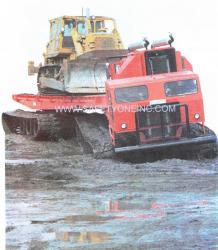
|
20 - Bombardier Terraflex TF 900 of 1984. Pict from a brochure on site : www.safetyoneinc.com
|
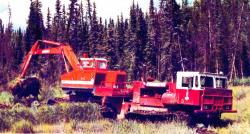
|
21 - Foremost Pioneer on Chieftain C chassis, 16 t payload.
|
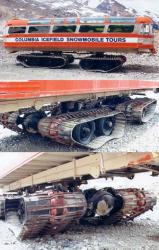
|
22 - Unexpected off-road bus on Chieftain C tracks. A Terra Bus 6x6 on terra-tires exists too. Pict from www.pistenraupe.de
|
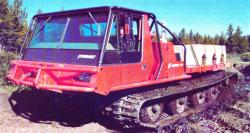
|
23 - Foremost Nodwell 110 C. Pict from a br
ochure.
|
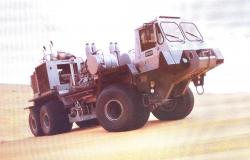
|
24 - Foremost Delta 3 with seismic equipment. Pict from Foremost brochure.
|
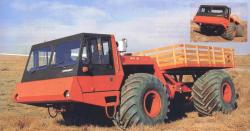
|
25 - Foremost Delta 100. Pict from brochure.
|
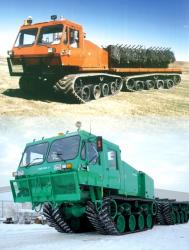
|
26 - Foremost Chieftain R of 15 t payload equipped with rubber tracks able to run at 32 km/h. Picture from brochure.
|
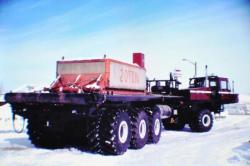
|
27 - Foremost Tri-Axle. This 8x8 also exists as Commander 6x6 version. Pict from Foremost site.
|
|
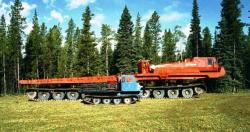
|
28 - Foremost Husky 8, the largest with a total mass of 79 t, 36 t payload. Maximum speed : 14 km/h.
http://crazys.info/1290016757-nastoyashhievnedoro
zhnikich4foremosthuskyi.html
|
| |
|
| |
|